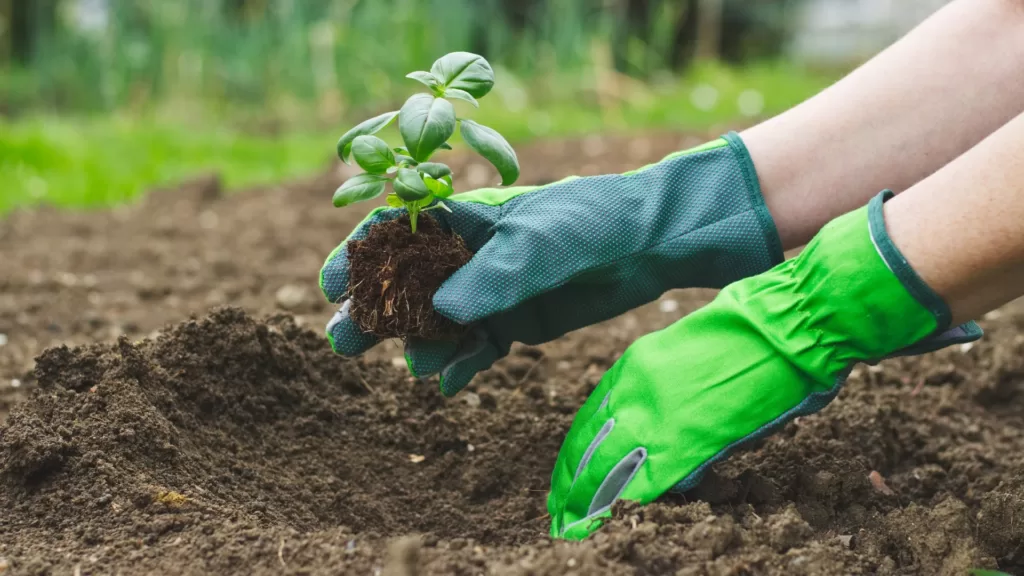Coconut farming can be a profitable venture for farmers, especially if they are able to produce high-quality coconuts and sell them at a good price. Some factors that can impact the profitability of coconut farming include:
- Location: Coconut farming is most profitable in areas with a high demand for coconuts and a favorable climate for coconut production.
- Production costs: The profitability of coconut farming depends on the farmer’s ability to keep production costs low. This includes costs for things like seedlings, fertilizers, labor, and maintenance.
- Market prices: The prices that farmers can get for their coconuts will also impact their profitability. Prices can be affected by things like supply and demand, as well as competition from other coconut-producing countries.
- Diversification: Coconut farmers who are able to diversify their operations by producing other products made from coconuts, such as coconut oil, coconut milk, or coconut flour, may be able to increase their profitability.
- Government policies: Changes in government policies and regulations can also impact the profitability of coconut farming.
Overall, the profitability of coconut farming will depend on a variety of factors and can vary from farm to farm. It is important for farmers to carefully assess their local market conditions and production costs to determine if coconut farming is a viable option for their operation.
Is coconut a good investment?
Coconut farming can be a good investment for some farmers, especially if they are able to produce high-quality coconuts and sell them at a good price. Some factors to consider when evaluating the potential profitability of coconut farming as an investment include:
- Location: Coconut farming is most profitable in areas with a high demand for coconuts and a favorable climate for coconut production.
- Production costs: The profitability of coconut farming depends on the farmer’s ability to keep production costs low. This includes costs for things like seedlings, fertilizers, labor, and maintenance.
- Market prices: The prices that farmers can get for their coconuts will also impact their profitability. Prices can be affected by things like supply and demand, as well as competition from other coconut-producing countries.
- Diversification: Coconut farmers who are able to diversify their operations by producing other products made from coconuts, such as coconut oil, coconut milk, or coconut flour, may be able to increase their profitability.
- Government policies: Changes in government policies and regulations can also impact the profitability of coconut farming.
Overall, the profitability of coconut farming will depend on a variety of factors and can vary from farm to farm. It is important for farmers to carefully assess their local market conditions and production costs before deciding to invest in coconut farming.
How do you make coconut farming profitable?
There are several strategies that farmers can use to make coconut farming more profitable:
- Choose the right location: Coconut farming is most profitable in areas with a high demand for coconuts and a favorable climate for coconut production.
- Keep production costs low: Farmers can increase their profitability by minimizing production costs wherever possible. This includes things like using high-quality seedlings, minimizing the use of fertilizers and pesticides, and using efficient irrigation systems.
- Diversify: Coconut farmers who are able to diversify their operations by producing other products made from coconuts, such as coconut oil, coconut milk, or coconut flour, may be able to increase their profitability.
- Focus on quality: Farmers who are able to produce high-quality coconuts may be able to command higher prices for their products.
- Sell directly to consumers: Farmers who are able to sell their coconuts directly to consumers, either through farmers’ markets or online sales, may be able to bypass intermediaries and get a higher price for their products.
- Utilize government resources: Farmers may be able to access government resources such as grants, loans, and technical assistance to help them improve their operations and increase their profitability.
- Form a cooperative: Farmers who form a cooperative may be able to negotiate better prices for their products and share resources and knowledge with other members.
By implementing these strategies, farmers can increase the profitability of their coconut farming operations.
How many coconut trees can be grown in one acre?
It is generally recommended to plant around 100 to 150 coconut trees per acre. However, the actual number of trees that can be planted per acre will depend on the specific conditions of the land, such as the soil type, slope, irrigation, and availability of water. It is also important to consider the space needed for the trees to grow and reach their full potential. In general, coconut trees need plenty of sunlight and well-draining soil to thrive.
How many coconuts do you get per tree per month?
The number of coconuts that a tree produces per month can vary significantly depending on a number of factors, including the age and health of the tree, the climate and weather conditions, and the type of coconut variety. On average, a healthy, mature coconut tree can produce around 50 to 200 coconuts per year, or 4 to 16 coconuts per month. However, some trees can produce as many as 300 coconuts per year, while others may produce fewer. It is also worth noting that coconut trees tend to have a seasonal pattern of production, with higher yields during certain times of the year and lower yields at other times.
How many years will coconut grow?
Coconut trees can live for a very long time, with some individuals living for more than 100 years. However, the tree’s productivity tends to decline with age. On average, a coconut tree can be expected to be productive for around 60 to 70 years, after which the yield may start to decrease. The tree will continue to live and produce coconuts, but the yield may not be as high as it was in its prime. Coconut trees also have a natural lifecycle, going through periods of active growth and productivity followed by periods of slower growth. The specific lifespan and productivity of a coconut tree can be influenced by a number of factors, including the tree’s care and maintenance, the climate and weather conditions, and the soil and water conditions.




